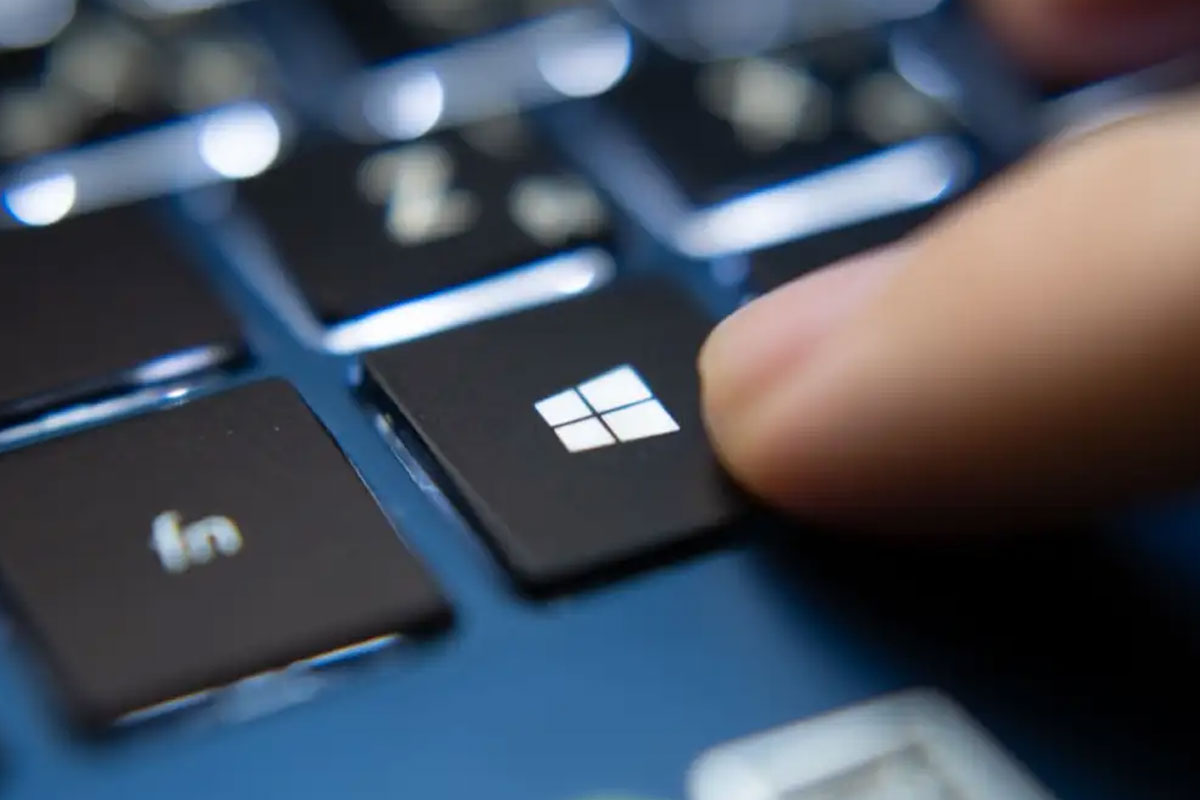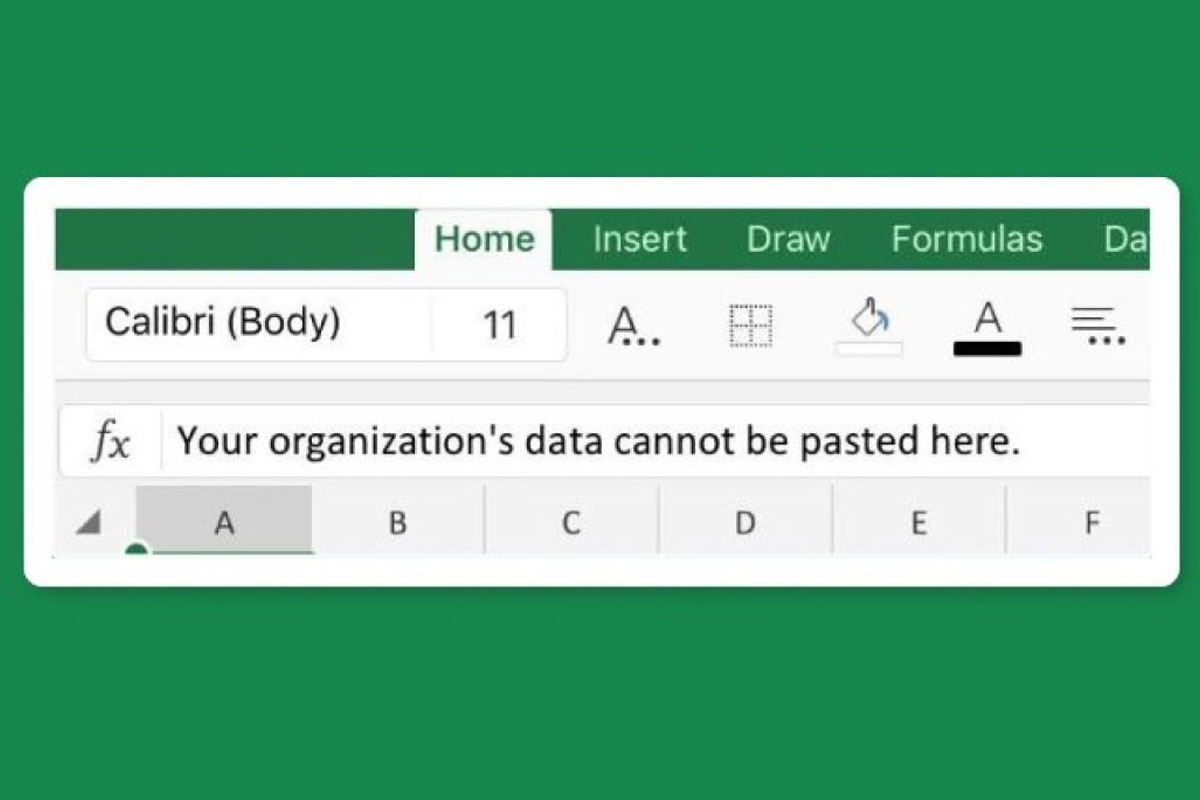Viruses can be a major problem for your computer, but fortunately, there are ways to remove them from Windows 10. In this article, we’ll discuss the various methods for removing viruses from your computer, as well as the best practices to prevent them from coming back.
1. Install Antivirus Software
The best way to protect your computer from viruses is to install a reliable antivirus program. There are many different options available, so make sure to do your research and find one that suits your needs. Popular options include Avast Antivirus, Gridinsoft Anti-Malware, and Eset Antivirus.
Once you’ve installed the software, it’s important to run regular scans to check for any malicious activity. Most antivirus programs will have an option to schedule regular scans, so you don’t have to remember to do it manually. Additionally, be sure to keep your antivirus software up-to-date with the latest virus definitions to ensure maximum protection.
Use Safe Browsing Practices
To reduce the risk of infection, it’s important to be aware of the websites you visit and the files you download. Make sure to keep the following in mind:
- Avoid downloading files from sites you don’t trust.
- Be wary of clicking on links or opening attachments from unknown senders.
- Keep your web browser and other software up to date to protect against the latest threats.
- Enabling automated updates for Windows is a great way to make sure you’re always running the latest version.
Remove Existing Viruses
If your computer is already infected with a virus, it’s important to remove it as soon as possible to minimize damage to your system. There are several ways to do this:
- Antivirus Software: Use the antivirus software you installed earlier to detect and remove malicious software.
- Windows Defender: Run a scan with Windows Defender to detect and remove any viruses that may be present.
- Third-Party Tools: Use third-party tools such as Trojan Remover to detect and remove malicious software.



